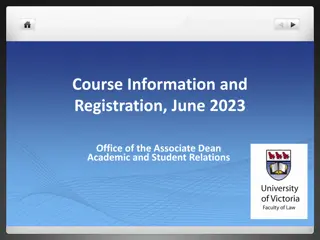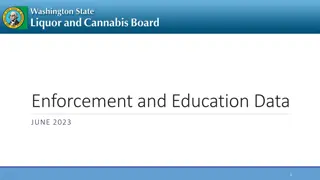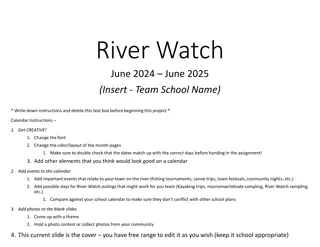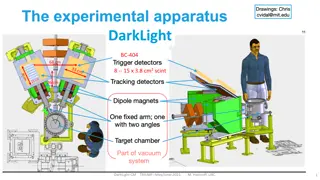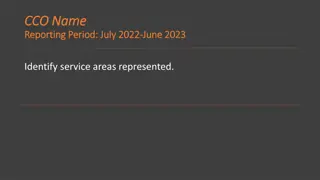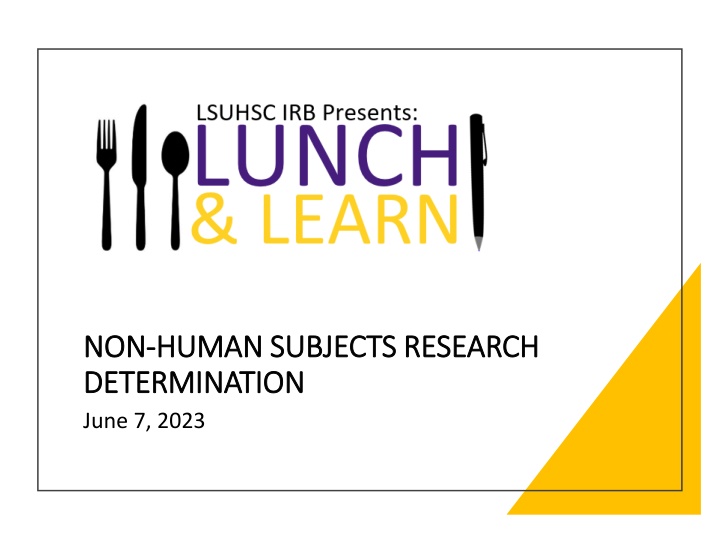
Understanding Human Subjects Research Determination
Learn about human subjects research determination and the distinction between human and non-human subjects research. Discover what activities constitute human subjects research, understand the role of Institutional Review Boards (IRB), and explore the key definitions and guidelines in research investigations.
Download Presentation

Please find below an Image/Link to download the presentation.
The content on the website is provided AS IS for your information and personal use only. It may not be sold, licensed, or shared on other websites without obtaining consent from the author. If you encounter any issues during the download, it is possible that the publisher has removed the file from their server.
You are allowed to download the files provided on this website for personal or commercial use, subject to the condition that they are used lawfully. All files are the property of their respective owners.
The content on the website is provided AS IS for your information and personal use only. It may not be sold, licensed, or shared on other websites without obtaining consent from the author.
E N D
Presentation Transcript
NON NON- -HUMAN SUBJECTS RESEARCH HUMAN SUBJECTS RESEARCH DETERMINATION DETERMINATION June 7, 2023
Objectives To provide guidance for research investigators and study teams on what activities constitute human subjects research. To provide guidance to investigators and study teams on how to request a non-human subjects research determination. 2
Human Subjects Research The IRB is responsible for reviewing human subject research (HSR). Any activity that meets the regulatory definitions of Research AND Human Subjects as defined by the Department of Health and Human Services and Food and Drug Administration requires review and approval by the LSUHSC-NO IRB prior to implementation. 3
What is Research? A systematic investigation, including research development, testing, and evaluation, designed to develop or contribute to generalizable knowledge. A systematic investigation is an activity that involves a prospective plan that incorporates data collection, either quantitative or qualitative, and data analysis to answer a question. Generalizable knowledge is knowledge from which conclusion will be drawn that can be applied to populations outside of the specific study population. 4
What is a Human Subject? A living individual about whom an investigator (whether professional or student) conducting research: i. Obtains information or biospecimens through intervention or interaction with the individual, AND uses, studies, or analyzes the information or biospecimens; or ii. Obtains, uses, studies, analyzes, or generates identifiable private information or identifiable biospecimens 5
Non-Human Subjects Research Many activities fail to meet the definition of HSR and, therefore, don't require IRB review and approval. LSUHSC-NO institutional policy grants only the IRB Office, and not individual researchers or other entities, the authority to make this determination. In many cases, identifying an activity or investigation as human subjects research (HSR) is relatively straightforward. There are, however, several common types of activities involving human subjects, human specimens or identifiable data, that often do not meet the regulatory definition of HSR and, therefore, do not require IRB review. 6
ACTIVITIES THAT ARE NOT HUMAN ACTIVITIES THAT ARE NOT HUMAN SUBJECTS RESEARCH (NHSR) SUBJECTS RESEARCH (NHSR)
Case Reports/Case Studies/Case Series Case studies typically involve the collection and presentation of detailed information about a particular patient/person or small group to highlight an interesting condition, treatment, presentation or outcome. All of the following must be true: Report of 5 or fewer subjects Not meant to be a representative samples Reported/published without attempting to draw broad conclusions *Consent may be required 8
Decedent Research Research that uses only human cadavers, cadaveric tissue, decedent medical record information or discarded decedent specimens from clinical use All of the following must be true: Use is solely for research on identifiable health information of decedents (no living individuals) PHI sought is necessary for the purposes of the research Team must be able to provide documentation of the death of the individuals, upon request *HIPAA Regulations still apply 9
Preparatory to Research Activities (e.g., review of medical data, queries etc.) intended to: develop a research question or hypothesis; prepare a research protocol; write a grant application; or assess the feasibility of conducting a study. If HIPAA identifiers will be viewed, the investigator must complete a Request for Review of Protected Health Information Preparatory to Research form If no HIPAA identifiers will be viewed, no certification is needed. 10
Quality Improvement/Quality Assurance Activities limited to improvement activities specifically designed to bring about immediate, positive changes in the delivery of health care, programs, or business practices at LSUHSC-NO and associated institutions. The intention of the project is not to generate conclusions that can be applied universally, outside of the immediate environment where the project occurred. Untested clinical interventions for purposes which include not only improving the quality of care but also collecting information about patient outcomes for the purpose of establishing scientific evidence to determine how well the intervention achieves its intended results, may constitute human subjects research (HSR) 11
Use of Publicly Available Data Sets Analysis of data contained within a publicly available dataset. Publicly available: information shared without conditions on use (e.g., there are not requirements of payment/fee to gain access to the data). *Projects involving restricted data sets require IRB review. 12
Receipt and/or Analysis of Fully De- Identified Data or Specimens Project is limited to the use of existing and/or prospectively collected de-identified private information and/or human biological specimens . All of the following must be true: The information/specimens were not collected for the proposed project Use of information/specimens is not in violation od the terms of use (see Consent Forms) LSUHSC investigators will only receive information/specimens that are fully de-identified 13
Providing Information/Specimens Outside of LSUHSC-NO for Research Activities limited to providing existing information and/or human biological specimens outside of LSUHSC-NO and/or its affiliates. All of the following must be true: The information/specimens are pre-existing The information/specimens were not collected for the project proposed by individuals receiving information/specimens No results will be given back to LSUHSC The individual at LSUHSC releasing the information/ specimens is not working in collaboration with the recipients on the proposed project (i.e., provider is not an investigator ) 14
Public Health Surveillance Activities Activities involving the collection and testing of information or biospecimens, conducted, supported, requested, ordered, required, or authorized by a public health authority. Such activities are limited to those necessary to allow a public health authority to identify, monitor, assess, or investigate potential public health signals, onsets of disease outbreaks, or conditions of public health importance (including trends, signals, risk factors, patterns in diseases, or increases in injuries from using consumer products). 15
HOW TO REQUEST A NON HOW TO REQUEST A NON- -HUMAN SUBJECTS RESEARCH DETERMINATION SUBJECTS RESEARCH DETERMINATION HUMAN
Kuali Submission All research applications for IRB review are submitted through the Kuali Research (KR) electronic submission platform. Select the protocol type of Not Human Subjects Research and follow the instructions provided in the form. Depending on the activity under consideration, a HSR determination may be made as you are entering information in the form. In this case, you will be instructed to select a different research protocol type and complete the application for review by the IRB. If an HSR determination is not made during data entry, complete and submit the form for review by IRB Office staff. If the staff determination is NHSR, IRB oversight is not required. You will receive a system-generated notification to this effect, which can serve as documentation of review and determination if and when requested by journals, funding agencies, or other entities. 17
Save the Date! Date Time Topic 07/05/2023 12:00PM Reliance 18








